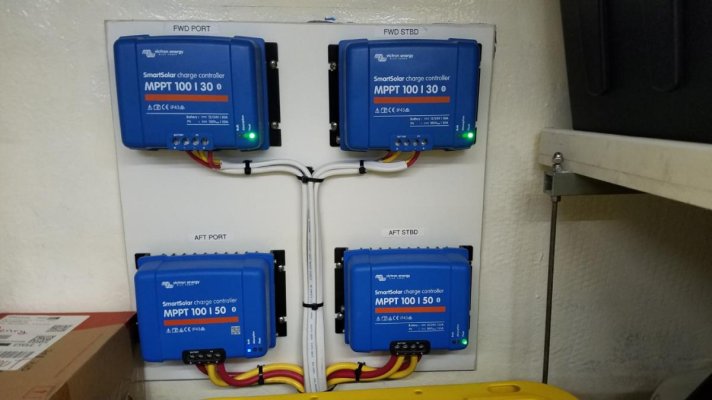101TUG
Senior Member
Would be interesting to know about your solar system onboard
Size of solar power
Type of panel and regulator
How many Watt do you produce peak and daily
What type of battery do you have
How many Get Set hour are you running
Are you happy with your choice
Do you plan any installation or update
...
..
.
We just bought Selene 62 and planning large installation but still working on best solution
Size of solar power
Type of panel and regulator
How many Watt do you produce peak and daily
What type of battery do you have
How many Get Set hour are you running
Are you happy with your choice
Do you plan any installation or update
...
..
.
We just bought Selene 62 and planning large installation but still working on best solution



